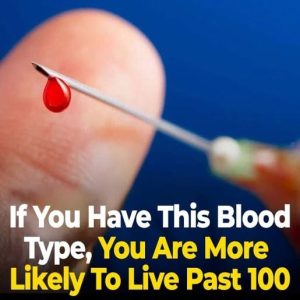Human expression takes many forms—through faces, body art, or invisible bonds with loved ones. From “smile lines and dimples to cultural practices like tongue piercings,” these expressions link appearance, identity, and spirit.
Smile lines, or nasolabial folds, form as skin loses elasticity. Influenced by genetics and lifestyle, they “stretch from the sides of the nose down to the corners of the mouth.” Though often tied to aging, many see them as “marks of joy, emotion, and a life filled with expression.”
Dimples result from a small split in the facial muscle that “pulls the skin inward.” Often inherited, they’re “celebrated as symbols of charm, beauty, or even good luck.” Both features show that “what some may label ‘imperfections’ are in fact signatures of individuality.”
Body expression extends to practices like tongue piercings—once “performed as part of sacred rituals” by the Aztecs and Mayans. Today, they symbolize transformation, identity, or empowerment. With proper care, piercings become “lasting symbols of choice, courage, and self-definition.”
Even unseen expressions—like sensing a loved one’s presence after loss—remind us that “love does not end with physical presence.” Together, these expressions reveal that beauty lies not in perfection, but in “the marks and choices that reflect who we are and how we love.”





